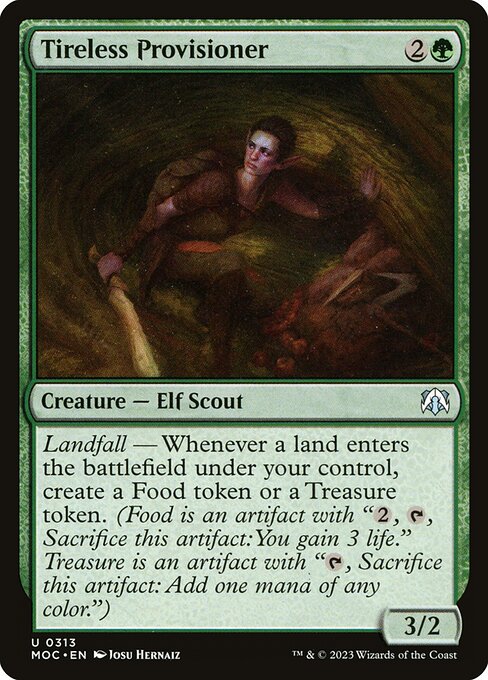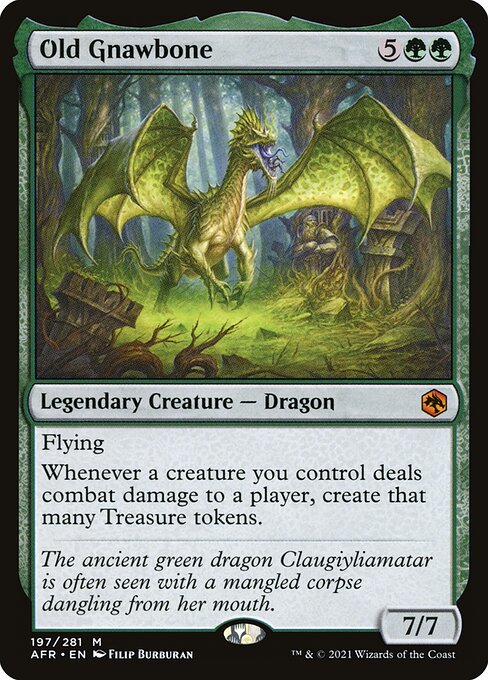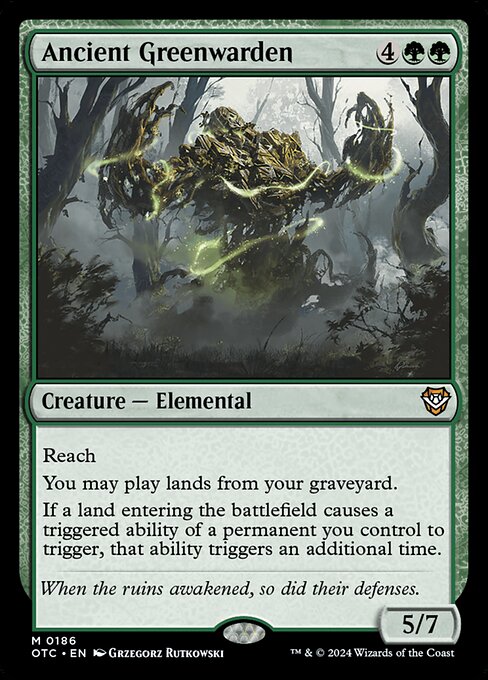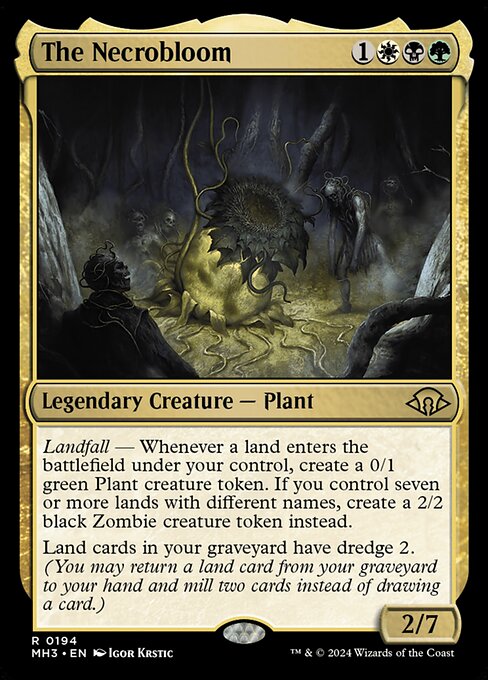Deck & Commander Strategies

The Necrobloom
Leverages land destruction and incremental damage through treasure tokens and creatures with enter-the-battlefield effects to disrupt opponents' mana bases and slowly drain life, using cards that enable multiple land plays and graveyard recursion to sustain pressure.

Old Gnawbone
Focuses on aggressive creatures that grow in power and generate value through land ramp, graveyard recursion, and combat damage, aiming to overwhelm opponents with large threats and repeated attacks supported by mana acceleration.
Gameplay Insights
- 1
The Necrobloom player utilized treasure tokens and multiple land drops per turn to offset the effects of land destruction and maintain resource availability.
- 2
Old Gnawbone's use of graveyard recursion with Shadowy Backstreet allowed sustained aggression and card advantage through surveil and treasure generation.
- 3
Blocking decisions were critical, with The Necrobloom choosing to absorb some damage to preserve key creatures despite losing life incrementally.
- 4
Large creatures with haste, like Uenwald Oddity transformed, created immediate threats that forced defensive plays and shaped combat outcomes.
- 5
The balance between land destruction and creature combat created a dynamic tempo battle, with Old Gnawbone gaining the upper hand through superior board presence and damage output.
Notable Cards
-

Tireless Provisioner
-

Old Gnawbone
-

Shadowy Backstreet
-

Ancient Greenwarden
Gameplay Summary
The game featured a 1v1 Commander duel between The Necrobloom, a land destruction deck, and Old Gnawbone, a creature-centric deck with multiple land plays and aggressive threats.
Early turns saw each player establishing their mana base and deploying utility creatures like Birds of Paradise, Tireless Provisioner, and Iridescent Vine Lasher to chip away at life totals through incremental damage.
The Necrobloom aimed to leverage its land destruction and treasure token generation to disrupt Old Gnawbone's game plan, while Old Gnawbone focused on building a board presence with creatures such as Uenwald Oddity and Old Gnawbone itself, which threatened high damage and combat prowess. A key turning point came when Old Gnawbone's creatures grew significantly in power, forcing The Necrobloom player to make tough decisions around blocking and sacrificing resources.
The Necrobloom's ability to play multiple lands per turn with cards like Isuza and Ancient Greenwarden helped keep the deck operational despite pressure.
Meanwhile, Old Gnawbone utilized repeated graveyard recursion of Shadowy Backstreet and aggressive attacks to apply pressure.
The game revolved around balancing land destruction with creature combat, with Old Gnawbone's high-impact creatures and multiple land drops creating a tempo advantage.
Ultimately, Old Gnawbone capitalized on its board state and damage output to maintain control, while The Necrobloom struggled to stabilize against lethal attacks.















![Commander Chaos: Dieser Joghurt war einfach OP | Herumkommandiert #11 | EDH Gameplay [Deutsch] thumbnail](https://i.ytimg.com/vi/kkVzzfyoM6A/sddefault.jpg)




![Conner goes Duck Hunting, ft. Ratonhnhaké꞉ton, Nadu, Kenway, The Necrobloom [EDH/Commander Gameplay] thumbnail](https://i.ytimg.com/vi/hyCS_MgpCUs/sddefault.jpg)



